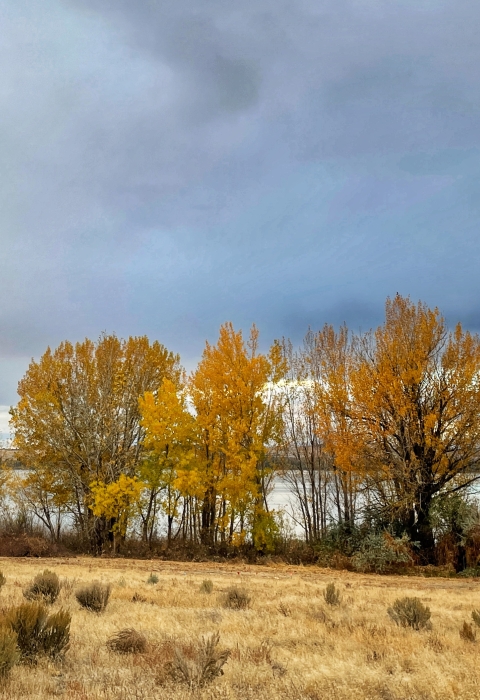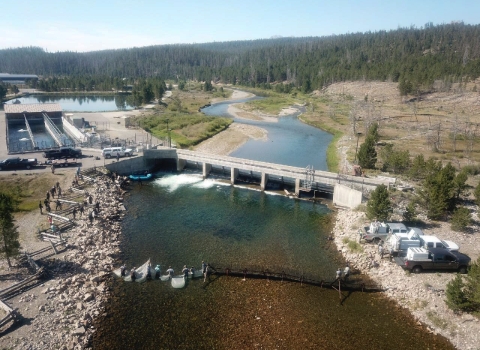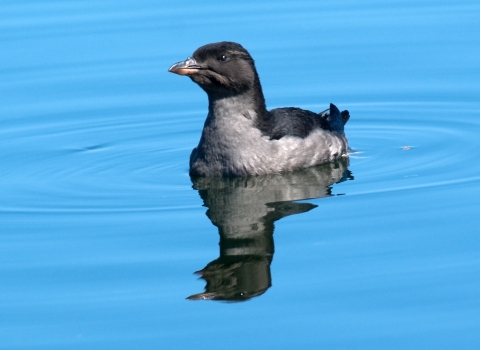Washington D.C. – U.S. Fish and Wildlife Service Director Dan Ashe yesterday praised a collaborative effort across the lower Mississippi River Basin with the U.S. Army Corps of Engineers (USACE) that has helped advance conservation for three endangered species.
The collaboration highlights the responsibility and opportunity for all federal agencies to conserve endangered and threatened species under the Endangered Species Act (ESA). This joint effort by the Corps and the Service proves that by working to incorporate the needs of threatened and endangered species in the work that they do, federal agencies can help species recover.
Specifically, it lays the foundation for broad habitat conservation actions that will help scientists meet population objectives more quickly for the Interior least tern, pallid sturgeon and fat pocketbook mussel. The resulting habitat improvements will also benefit other fish and wildlife reliant on the Mississippi River Basin.
Both the overall approach and the techniques the agencies have developed under it can be implemented nationwide.
“The U.S. Fish and Wildlife Service and the U.S. Army Corps of Engineers are seeing positive conservation results already thanks to steps included in this cost-effective approach,” said Ashe. “This is significant as it demonstrates that conservation can coexist with transportation, national security, and the region’s economic needs.”
The success stems from progressive steps the Corps and Service took under Section 7 Section 7
Section 7 Consultation
The Endangered Species Act (ESA) directs all Federal agencies to work to conserve endangered and threatened species and to use their authorities to further the purposes of the Act. Section 7 of the Act, called "Interagency Cooperation," is the mechanism by which Federal agencies ensure the actions they take, including those they fund or authorize, do not jeopardize the existence of any listed species.
Learn more about Section 7 (a)(1) of the ESA that helped pave the way for subsequent consultations under the act. The end result was a transformation of the Corps’ Channel Improvement Program – a flood control and navigation strategy from a primary threat into a primary conservation tool for the three listed species. The Corps is using water and sediment that previously flowed directly down the river to now enhance aquatic habitats in the lower Mississippi River Basin. This will provide better opportunities for Americans to fish, bird watch and boat on one of our nation’s greatest rivers. Not only will the listed species benefit, so will recreational species such as bass, catfish and crappie, boosting local economies.
"Together the U.S. Army Corps of Engineers and US Fish and Wildlife Service have built a foundation for future cooperation,” said Assistant Secretary of the Army for Civil Works Jo-Ellen Darcy. “This harmonious approach will avoid huge amounts of work and money for both agencies moving forward, all while best serving the Interior Least Tern, the pallid sturgeon and the fat pocketbook mussel."
Thanks to the steps taken that are included in this plan, the population status of all three species is improving. Indeed, a recently completed five-year review for the Interior least tern recommended delisting it due to recovery, citing an increase in the tern population from 6,000 to 10,000 birds. The Service is now in the process of putting in place the necessary monitoring plans, conservation agreements, and population models in hopes of moving forward with a proposed delisting in the near future.
“The U.S. Army Corps of Engineers appreciates this recognition today of the successful collaboration between our agencies and specific contributions by USACE team members,” said Lt. Gen. Thomas P. Bostick, U.S. Army Corps of Engineers commanding general. “The Corps of Engineers, together with our partners, is committed to a 200-year vision for the Mississippi Watershed – America’s Watershed – that balances the Nation’s needs, such as flood risk reduction and management, environmental sustainability, and recreation. The Lower Mississippi Conservation Plan is a stellar example of that commitment.”
The approach has also been credited with expanding the fat pocketbook mussel population into new areas and with increased pallid sturgeon numbers, all with no negative effects on critical flood control or navigation missions.
“This is really a milestone in conservation thinking and planning,” said Ashe. “It goes to show that when agencies plan ahead for conservation, it pays off all around, both in terms of saving money and staff time, as well as benefiting our nation’s wildlife resources for the American people.”
The Service is using the success of the Corps’ Mississippi Valley Division conservation program to bolster efforts to expand this approach nationwide for both agencies and is looking at similar opportunities with other federal agencies.
Additional Photos:



